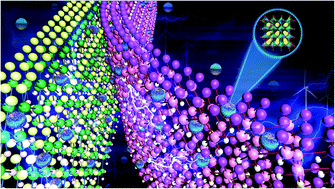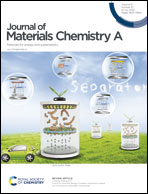Interface coupling and energy storage of inorganic–organic nanocomposites
Abstract
The interface coupling ability of inorganic and organic matter can affect the energy storage density, charge–discharge efficiency, dielectric loss, and many other parameters that define the energy storage performance. Therefore, increasing the interface coupling between inorganic and organic matter has become an important research direction for achieving high energy storage. This review presents the relationship between interface coupling and energy storage performance from the aspects of dimensional control of materials, theoretical models of the interface, micro and macro factors that affect the interface coupling, and structural designs. Various mechanisms, opportunities, and challenges of interface structure design for high energy storage density have been discussed. The review concludes with future development prospects and problems that need to be addressed, based on the interface coupling problem of inorganic and organic materials. It is expected that the proposed solutions, such as high-aspect ratio ceramic fillers, relaxor-anti-ferroelectric ceramic fillers, adjustment of the thickness and number of layers, and optimization of the preparation process will provide ideas for the development of novel dielectric materials with high energy storage performance.



 Please wait while we load your content...
Please wait while we load your content...